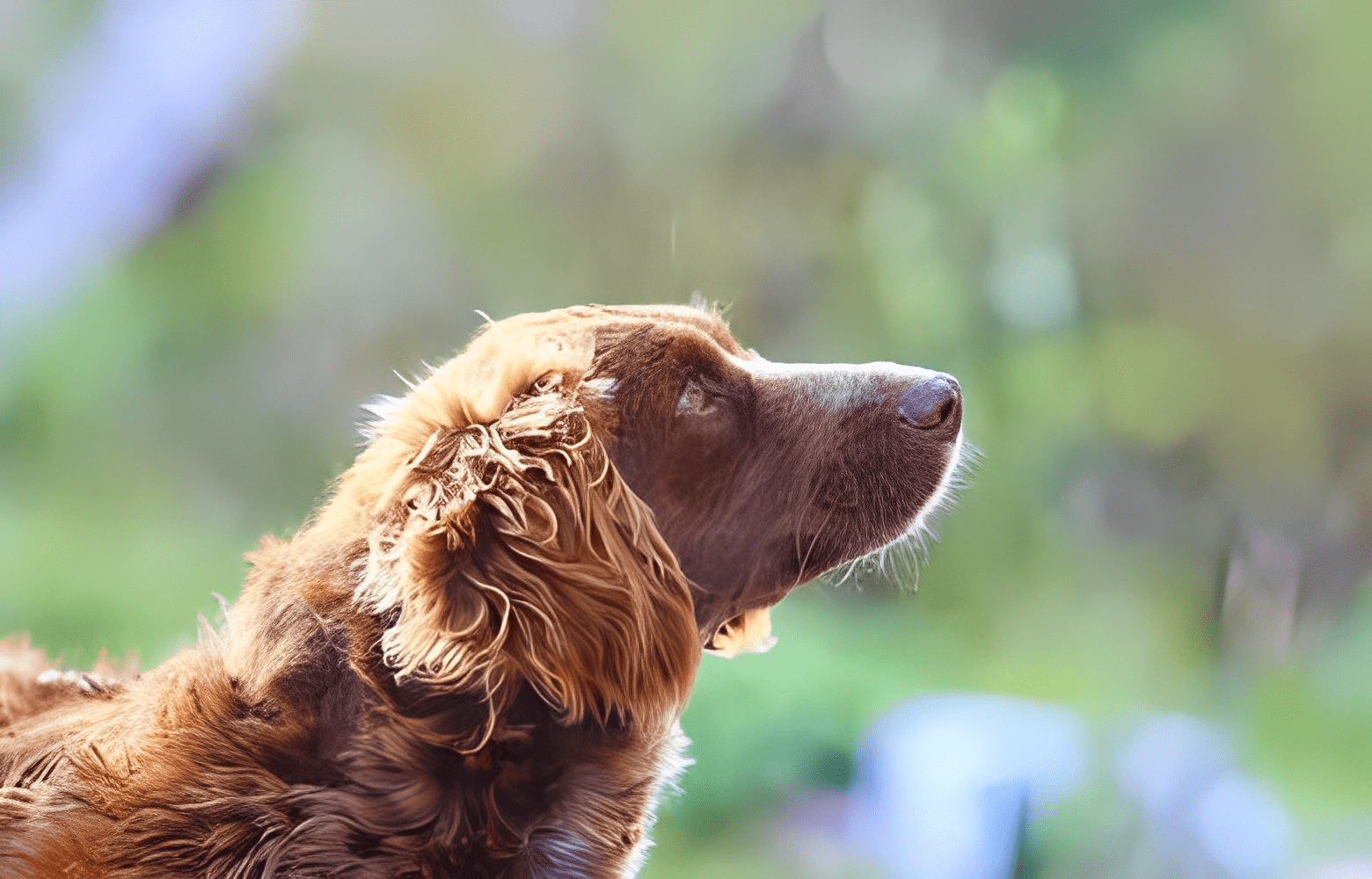When Do Beagles Calm Down: Helps & Guide
Beagles, with their endearing floppy ears and boundless energy, have captured the hearts of dog lovers around the world. However, amidst their charm lies a common misconception – the belief that beagles never calm down. In this blog post, we embark on a journey to unravel the truth behind this myth.
By delving into the fascinating world of beagle behavior and understanding the factors that influence their energy levels, we aim to shed light on the question that perplexes many owners: When do beagles truly calm down? Join us as we uncover the secrets to managing and nurturing your beagle companion’s energy.
Understanding Beagle Energy Levels
- Historical Context: Beagles have a rich history as hunting dogs, bred for their keen sense of smell and tireless energy in tracking game. This ancestry contributes to their inherent high energy levels.
- Instinctual Traits: Beagles possess strong instincts for exploration and scenting, which drive their need for activity and mental stimulation. Their curiosity and love for sniffing out scents can lead to seemingly boundless energy.
- Exercise Requirements: Beagles have considerable exercise needs to keep them physically and mentally satisfied. Without adequate exercise, they may become restless and exhibit destructive behaviors.
- Social Nature: Beagles are social animals and thrive on interaction with their human families and other dogs. Lack of socialization and companionship can lead to boredom and increased energy levels.
- Individual Differences: While beagles share common breed traits, each dog is unique, with varying energy levels and personalities influenced by factors such as genetics, upbringing, and environment.

Factors Influencing Beagle Calmness
- Age and Developmental Stages:
a. Puppyhood: Beagle puppies are known for their playful and energetic behavior. As they mature, their energy levels often decrease gradually.
b. Adolescence: Adolescence might bring a temporary spike in energy as beagles go through a phase of exploring boundaries and testing their limits.
c. Adulthood: Typically, beagles start to exhibit more settled behavior as they reach adulthood, usually around one to two years old. - Genetics and Individual Differences:
a. Breed Variation: While beagles share common traits, individual dogs may inherit varying energy levels from their parents.
b. Temperament: Each beagle has a unique personality, influencing how they express their energy. Some may be naturally more laid-back, while others remain more exuberant. - Exercise and Activity Levels:
a. Regular Exercise: Beagles thrive on physical activity. A lack of exercise can lead to restlessness and increased energy levels. Regular walks, playtime, and engaging activities are crucial.
b. Mental Stimulation: Beagles are intelligent dogs that require mental challenges. Interactive toys, puzzle games, and training sessions contribute to mental stimulation, aiding in overall calmness. - Socialization and Environment:
a. Social Interaction: Beagles are social animals; a well-socialized beagle tends to be more relaxed. Regular exposure to different people, animals, and environments can contribute to their calmness.
b. Stable Environment: A stable and secure home environment provides a sense of routine and safety for beagles, reducing anxiety and promoting calm behavior.
Signs of Beagle Maturity
- Decreased Hyperactivity: As beagles mature, there is often a noticeable reduction in hyperactive behavior. They may become less prone to constant running, jumping, and playfulness.
- Improved Attention Span: Mature beagles tend to have a longer attention span, making training sessions more effective. They become better able to focus on commands and tasks.
- Calmer Demeanor Indoors: A mature beagle is likely to exhibit a calmer demeanor when indoors. They may be more inclined to relax, nap, or simply enjoy quiet time with their family.
- Established Routine: Mature beagles appreciate routine and often settle into a predictable daily schedule. This stability contributes to a sense of security and can lead to more composed behavior.
- Less Destructive Behavior: With maturity, beagles typically outgrow destructive behaviors like excessive chewing or digging. They become more adept at channeling their energy into appropriate outlets.
- Reduced Vocalization: Beagle puppies are known for their vocal nature, but as they mature, the constant barking often diminishes. While they may always retain some vocal tendencies, it becomes more controlled.
- Increased Independence: Mature beagles tend to become more independent, needing less constant supervision. They learn to entertain themselves and are less likely to demand constant attention.
- Established Social Behavior: Adult beagles often display more refined social skills. They understand and adhere to social cues, making them easier to integrate into various environments and interact with other dogs and people.
Tips for Managing Beagle Energy
Regular Exercise Routines:
- Establish a consistent exercise schedule that includes daily walks, runs, or play sessions.
- Engage in activities that stimulate their natural instincts, such as scent games or agility training.
Mental Stimulation Through Enrichment Activities:
- Provide puzzle toys, interactive feeders, or treat-dispensing toys to keep their minds engaged.
- To keep kids interested and avoid boredom, rotate toys frequently.
Consistent Training and Reinforcement:
- Implement positive reinforcement training techniques to reinforce desired behaviors.
- Beagles respond well to food rewards, praise, and consistency in training sessions.
Structured Playtime:
- Incorporate structured playtime into their daily routine, focusing on activities that promote physical and mental exercise.
- Supervise play to ensure it remains safe and appropriate.
Socialization Opportunities:
- Expose your beagle to various environments, people, and animals from a young age to encourage positive social behavior.
- Arrange playdates with other dogs or enroll them in obedience classes to improve social skills.
Provide a Calm Environment at Home:
- Create a designated relaxation area where your beagle can unwind and rest undisturbed.
- Use calming aids such as pheromone diffusers or soothing music to help reduce anxiety and promote relaxation.
Set Boundaries and Structure:
- Establish clear rules and boundaries within the home to prevent unwanted behaviors.
- Consistency is key enforce rules consistently and avoid giving in to demanding behavior.
Monitor Diet and Nutrition:
- Ensure your beagle receives a balanced diet appropriate for their age, size, and activity level.
- Avoid overfeeding and monitor treats to prevent weight gain, which can contribute to increased energy levels.
Also Read: Do Beagles shed: Helps & Guide
Brief
Beagles are renowned for their boundless energy, understanding their developmental stages, individual differences, and needs is key to managing their vitality effectively. By providing regular exercise, mental stimulation, and consistent training, owners can help their beagles channel their energy in positive ways.
Additionally, creating a calm and structured environment at home, along with proper socialization and nutrition, contributes to a balanced and contented beagle companion. With patience, dedication, and the right approach, beagle owners can enjoy the unique joys of living with these delightful dogs as they navigate through various stages of maturity.












Leave a Reply